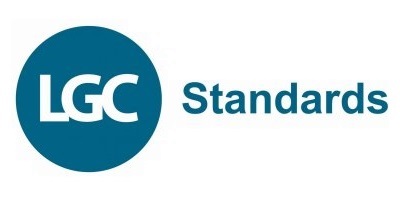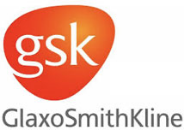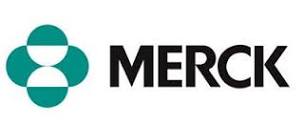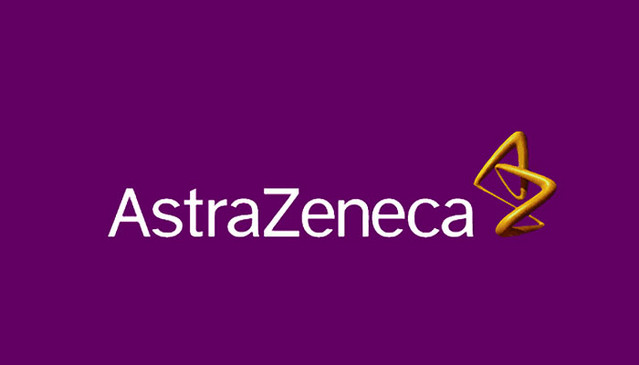How the Misuse of Drugs Act 1971 Applies to R&D
The Misuse of Drugs Act 1971 (MDA) was developed to prevent controlled drugs from being misused in the United Kingdom. The MDA contains an extensive list of controlled drugs that are banned from being supplied, manufactured or kept in possession unless a person or company is licensed to deal with them. This blog post will look at how the MDA 1971 applies to research and development (R&D) and what can be done to support compliance.
Research and Development (R&D)
It is a common misconception that those in the R&D fields are exempt from controlled drug laws, partly due to the fact that they tend to work with small volumes of controlled material. However, it doesn’t matter how small the amount is. Any controlled substance must be used under an approved license. Further confusion can be caused by drug law documents providing an extensive list of controlled drugs but not an exhaustive list. The legislation is complex and confusing for many, so it is vital to have the right software to ensure compliance.
Large pharmaceutical companies are often familiar with the regulations that apply to their businesses, however, this regulatory awareness doesn’t always cascade down to the smaller scale. Research laboratories and small-scale suppliers naturally have a more limited understanding of how analogues are controlled, and how regulations may apply to molecules within the same chemical space. For example, controlled substances are often found in reference standards and test compounds, so the laboratory would require a license to use those substances. Generic statements may apply to certain substances without the user’s knowledge—but ignorance is, unfortunately, isn’t bliss in the context of the Misuse of Drugs Act 1971.
To ensure you comply with the misuse of drugs regulations in the UK or with other regulatory bodies’ drug acts around the world, you need to have a way of checking your substances against a database of controlled substances that you can refer to.
Although it may seem easy to check names against a list of the controlled drugs for the necessary countries, using this method to check your substances has a high risk of error and can lead to compliance issues This is because controlled substances vary from country to country, additionally, chemicals and substances can have multiple names and the name listed maybe different form the name or number the scientist is using. This links to the issue of generic statements: name matching isn’t often an appropriate solution as it won’t provide information regarding relatively benign substances within the same chemical space as controlled ones.
Scitegrity: Helping you Stay Compliant
Scitegrity has developed a software system called Controlled Substances Squared (CS2) that will enable you to quickly find out if a substance you are using is a controlled drug in the United Kingdom, the United States and 28 other countries. It’s simple. You enter a chemical name or upload or draw your chemical structure, and our system will provide you with the necessary information. The information includes if, how and where the chemical is regulated or controlled
To find out more about our CS2 software system, contact us today to book a phone call or arrange a live demonstration. Alternatively, check out our blog posts on drug abuse potential and compliance.
Trusted by our Clients











